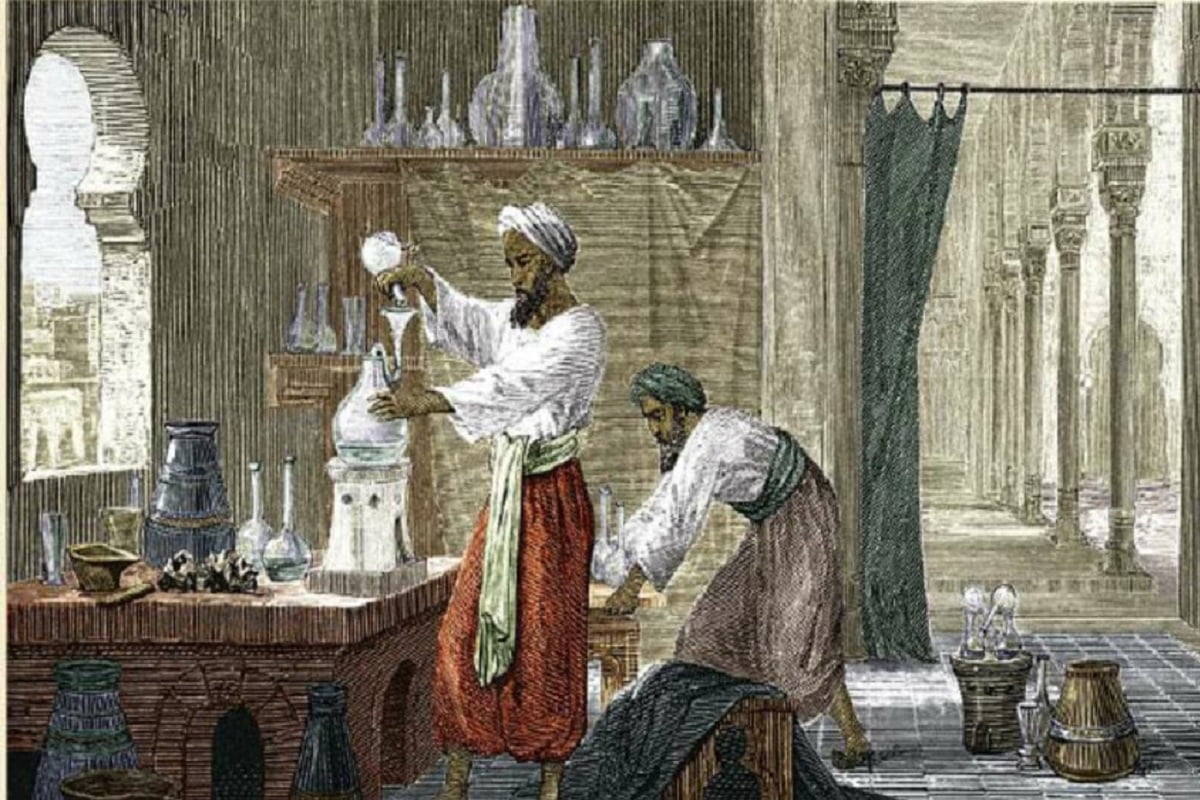About two and a half thousand years ago, Persian civilization reached the peak of knowledge and science. Many things in modern science, technology and engineering were created by the hands of ancient Persian sculptors. Today’s article is about such groundbreaking discoveries of ancient Persian civilization.

Yakhchal is an ancient cooling method, where the evaporation method was followed. The structure was ventilated, and the interior was made of hollow parts. Hot heat was released through its twisted structure. Its original function was to store ice. In addition to ice, it was also used to preserve food as it is today.
Batteries were made in ancient Persia around 250 BC. The battery is capable of producing about 1.5 to 2.0 volts of electricity after being activated. The main mystery of this battery of Baghdad has not yet been fully solved.
The Persian chemist Abu Bakr Muhammad ibn Jakarta al-Razi is credited with artificially producing the first sulfuric acid. Frequent use of sulfuric acid is seen around today. Apart from special contribution in chemistry, he showed talent in astronomy, mathematics, geography.
There is reliable evidence that the first regular postal system in the world started in ancient Iran. Postal system was in vogue to carry government documents from one place to another. A process called ‘chapar’ was used in this postal service in Racine. In this process messengers carried the mail on horseback and delivered it to relay stations. These relay stations resemble today’s post offices.
In 539 BC the city of Babylon was conquered by the army of Emperor Cyrus the Great. Cyrus the Great then freed the slaves and established racial equality, giving people the right to choose their own religion. This proves that human rights have their roots in ancient Persia.
Evidence of taxation can be found in the ancient Persian civilization. During the reigns of Cyrus the Great and Cambyses, tribute instead of taxation prevailed. Those who cannot pay the tax shall pay a contribution of equal or near value.
‘Qanat’ is a kind of shallow underground narrow passage, which served as a source of water. From here water was carried to homes and fields. It is used for crop irrigation and drinking water. Today such ‘Qanat’ is still used in China, Morocco and many parts of America.
